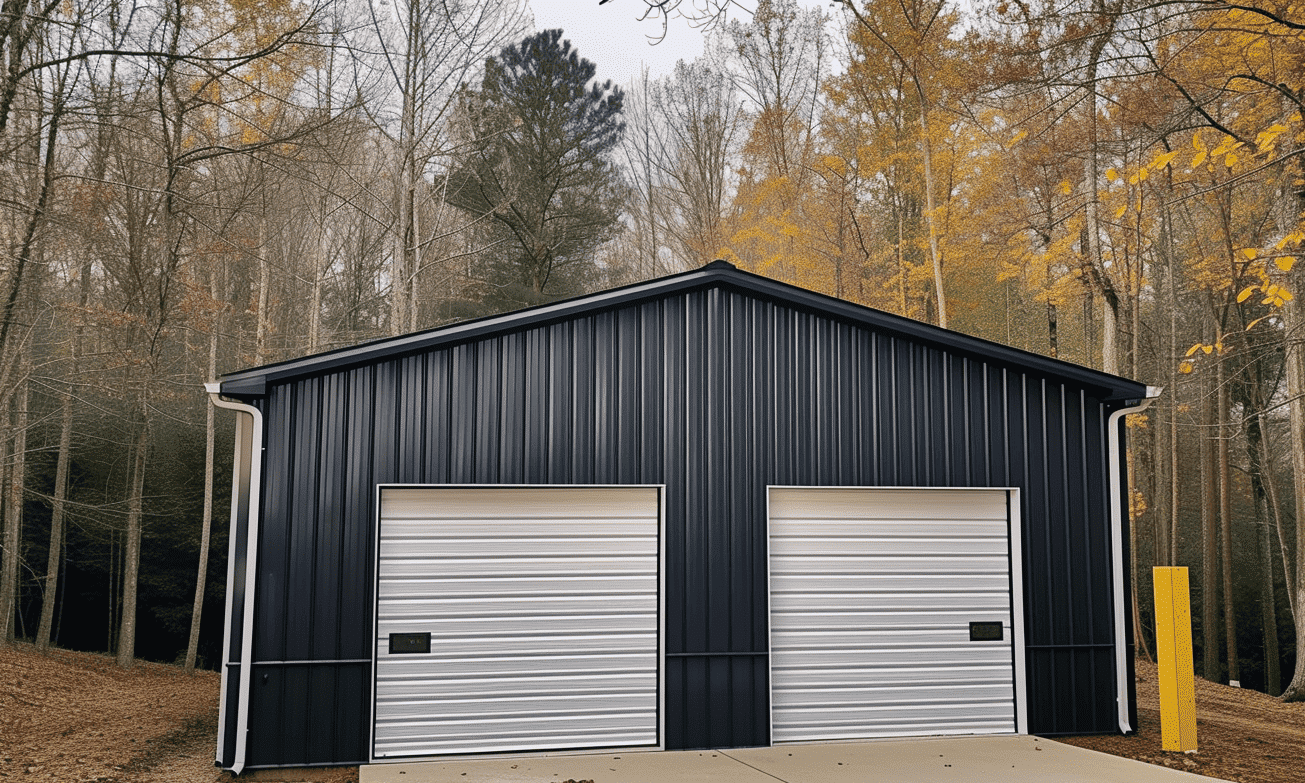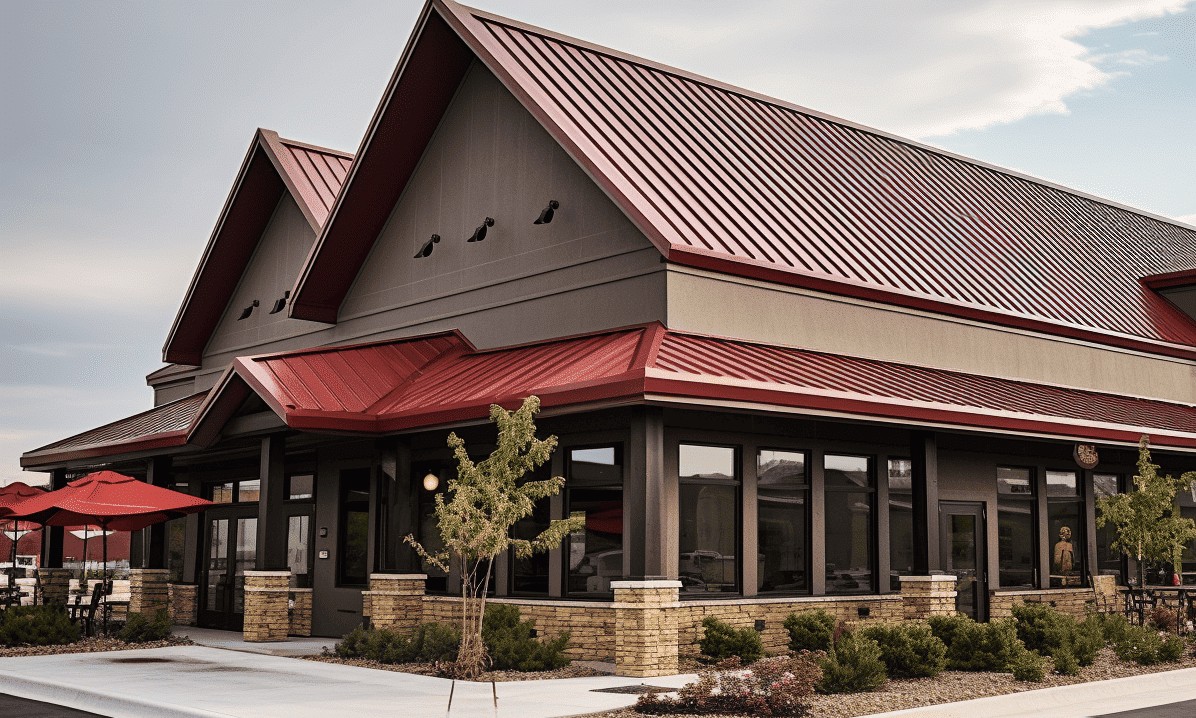RCMP Find No Criminality, No Definitive Cause in Lytton Wildfire: What’s next for the construction industry?
**Introduction**
Understandably, the mention of wildfires can send chills down the spine of real estate and construction industry professionals. Fires, especially those of untraceable origins, can lead to costly destruction. One such case is the recent tragic fire in Lytton, B.C., which irrevocably changed many lives and landscapes, including construction sites and residences. Recent news indicates that the RCMP has concluded its criminal investigation into the fire, finding no criminality and no definitive cause. So, what does this mean for the construction industry, real estate developers, and homeowners?
The Lay of the (Charred) Land
The fire that tore through the Village of Lytton and surrounding Indigenous communities was no small incident. Over 90% of the town was destroyed, affecting residents, businesses, construction projects, and the landscape itself. The repercussions of such a disaster are far-reaching and long-lasting. Not finding a definitive cause could leave one grappling with questions about safety, accountability, future planning, and the way forward.
Building in the Wake of Disaster

Without a known cause, the question of how to prevent a recurrence remains. How does one move forward in constructing new buildings and homes in areas potentially susceptible to wildfires? One solution is to rethink materials and design. For instance, selecting fire-resistant construction materials when designing new projects could effectively reduce risk. This is where construction and real estate companies, like Your Building Team, can make a significant difference. Offering products like the 12×14 metal shed, steel and metal structures can offer higher fire resistance compared to traditional wood-based construction.
Fire-Proofing Existing Structures
But what about existing buildings or those under construction? Should they all be retrofitted for fireproofing? To make your buildings more fire-resistant, consider adding a layer of heat-reflective paint or installing double-paned windows that can withstand high temperatures. You might also want to utilize fire-proof landscaping, such as installing a stone perimeter around your structure. Adopting these innovations can help protect both existing and new buildings from potential fire damage.
Securing Insurance Amidst Uncertain Causes

The RCMP’s conclusion also raises questions about insurance prospects. In this case, insurers might pull out or increase premiums given the uncertainty of wildfire causes. This can complicate matters for real estate investors and constructors looking to start new warehouse projects.
Conclusion
In light of the recent Lytton fire and its unknown cause, the construction and real estate industries must be proactive. Fire-resistant building designs, adoption of innovative resistant materials, and strategic fireproofing of existing structures can significantly reduce the risk of such disasters. These considerations should form part of the new-normal in construction and real estate planning, especially in regions prone to wildfires.

For more information on the original news source, please visit this link.
To read more on this topic or share your experiences, leave your comments below or ask questions related to the topic. Your insights can help us understand better how to navigate these challenges.




